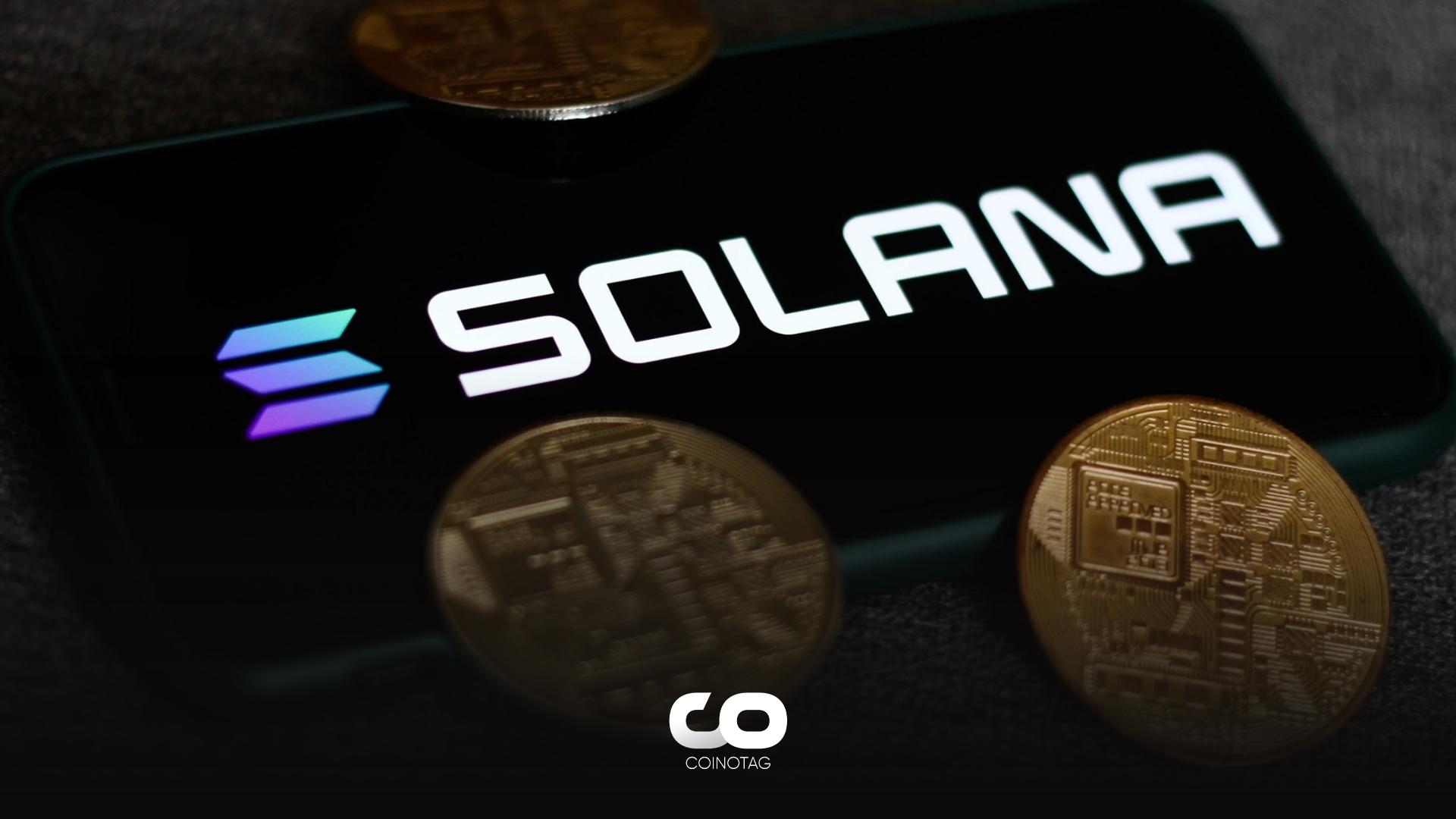- FTX, despite its downfall, boasts a whopping $3.4 billion in liquid crypto assets.
- Recent court documents reveal the heavy influence of Solana, Bitcoin, and Ethereum in the portfolio.
- With bankruptcy in the backdrop, key insights into FTX’s financial dealings, real estate, and potential fraud charges emerge.
Unearthing the treasure trove of crypto assets held by FTX, this piece dives deep into the financial intricacies, dominant blockchain players, and the rising legal challenges confronting the once-mighty exchange.
The Solana Supremacy in FTX’s Portfolio
A recent court filing laid bare the substantial amount FTX invested in Solana (SOL) tokens, totaling $1.16 billion. This investment represents a staggering one-third of FTX’s entire $3.4 billion crypto reservoir, underscoring the platform’s heavy bet on Solana’s potential as a dominant blockchain player.
Bitcoin and Ethereum’s Positions and Other Key Players
Bitcoin, often regarded as the pioneer of cryptocurrencies, holds a significant place in FTX’s portfolio with a valuation of $560 million as of August 31. Ethereum, with its trailblazing smart contract capabilities, comes in third at $196 million. Notably, Aptos (APT), ranked as the 36th largest crypto asset in terms of market cap, commands an impressive $136 million in FTX’s holdings. Solana and NEAR token investments also highlight FTX’s venture token strategy, valued at $137 million and $80 million, respectively.
The Intrigue of “Category B” Assets
Apart from the primary crypto players, FTX also harbors “Category B” assets, mainly comprising lesser-known tokens, either due to low liquidity or major control by the estate. These assets notably include a substantial 10 billion Serum (SRM) tokens – a Solana-based decentralized exchange that faced scrutiny upon revelations about FTX’s clandestine protocol control – and a sizable 269 million Mango (MNGO) tokens.
Legal Entanglements and Financial Dynamics
While the crypto landscape remains shaken by FTX’s bankruptcy announcement in November, subsequent revelations from court filings provide granular details of the exchange’s diverse assets. They encompass not just cryptocurrencies but also cash holdings, recovered government assets, and various other investments. Noteworthy payouts made to Sam Bankman-Fried and other executive members are also detailed. Following the bankruptcy proceedings, FTX managed to amass an additional $1.5 billion in cash, further adding to the $1.1 billion present during the collapse.
Real Estate, Legal Reprecussions, and Donations
Further delving into the filings, a distribution of wealth among FTX’s elite emerges. The previous CEO, alongside associates like Gary Wang and Caroline Ellison, shared assets valued at $2.2 billion spanning cash, crypto, real estate, and equity. Donations for political and charitable causes amounted to about $87 million. With U.S. law potentially permitting the recovery of such payments for creditors, several executives, including Wang and Ellison, find themselves in legal quagmires, pleading guilty to multiple fraud charges. Amid all this, FTX’s real estate prowess shines through with 38 Bahamas condos worth $222 million.
Conclusion
The revelations around FTX’s crypto portfolio unveil not just strategic bets on blockchain’s future but also a web of financial intricacies and legal challenges. The dominance of Solana, complemented by Bitcoin and Ethereum, sketches FTX’s vision of the crypto realm. However, with ongoing legal battles, the fate of these vast holdings and their implications on the broader crypto industry remains to be seen.


